A science fiction dream car from GM previewed a controller far removed from the steering wheel. And what happened to the pedals?
Steering Wheels. We love them. We hate them. We argue over their size, shape, features, just about everything. But what if there was another way to steer the car, one that also allowed for acceleration and braking?
Enter the joystick. Long a staple in commercial airliners and old-school video arcade games, the joystick has also appeared periodically in concept cars, a bit of future-signaling in crowd-pleasing design studies. One such car was the Firebird III, a General Motors concept car, a member of a four vehicle design series from GM during the 1950s and 1960s.
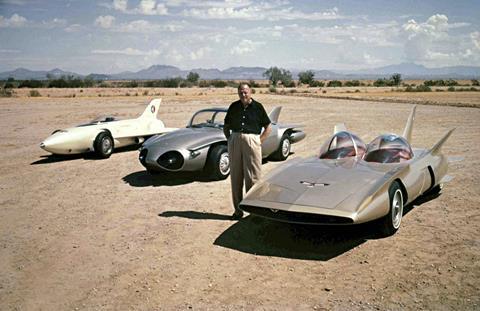
All four Firebird models tried to integrate aircraft elements into their designs – gas turbine engines, lots of fins, winglets, plexiglass bubble tops, cockpit-style interiors that spoke of the integration of aircraft and automobile.
The Firebird III was controlled by a center-console joystick called a unicontrol, which as the name implies, controlled direction and speed along imagined future super-highways, lined with transponders to facilitate the smooth (and very rapid) movement of traffic.
The unicontrol sat on the center console between the seats and bubble tops of the Firebird III. Easily reached from both sides, it allowed either passenger to become a driver. With no pedals and minimal need for adjustments for driving control, it facilitated an integrated seat /cockpit design with free floor space for stretching out without getting tangled in pedals.
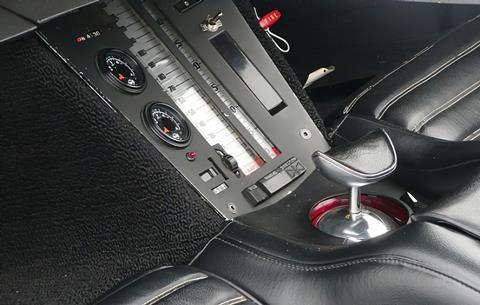
The Firebird III, like its siblings, was never intended to preview a production car. It was purely a research vehicle, with crowd-pleasing looks. Nevertheless, certain technologies were previewed in their infancy – keyless entry, cruise control, antilock brakes, and even some visual elements such as the stylised Firebird on the hood which previewed the “screaming chicken” of production Firebirds two decades later.
Fast forward to 2018. At its Technology Day, ZF, the German technology and components manufacturer, in conjunction with Faurecia, introduced the ‘Trendsetting Cockpit’, a cockpit with no steering wheel, just a joystick on the centre console between the seats.
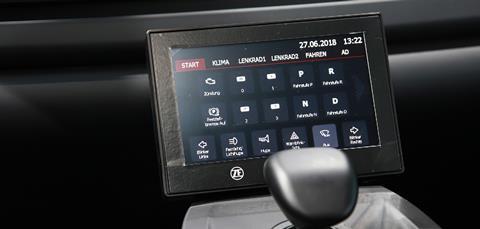
Installed in a Mercedes V-Class van, the ‘Trendsetting Cockpit’ allows for autonomous travel, or for a driver to control the vehicle via the joystick – in some ways like the Firebird III, some six decades before. The IP has three touchscreens and a primary tablet-like screen ahead of the joystick. The IP is functional and has a real clarity to it.
But something has been lost in the intervening decades between the Firebird III and the Trendsetting Cockpit. The Firebird looks decades into the future, and if you get past the outrageous late-1950s styling, it was optimistic, futuristic, a rocket ship for highways to come. The Trendsetting Cockpit looks five years ahead and is competent and well-designed.
But no child stays awake at night dreaming of a Mercedes van, even with advanced controls. And, to be sure, ZF and Faurecia aimed the Trendsetting Cockpit at the taxi and delivery markets, not exactly such stuff as dreams are made on (with apologies to Shakespeare).
The Firebird, in contrast, was a fantasy rocket ship to pilot to the stars. The Firebird IV has been the subject of our Concept Car of the Week column, which you can read more about here. And yes, there are joysticks.










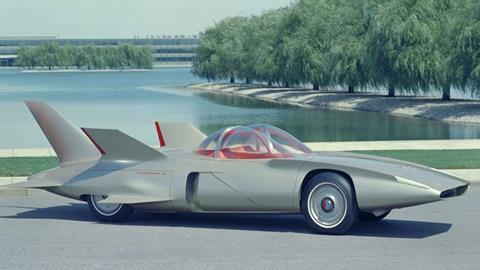
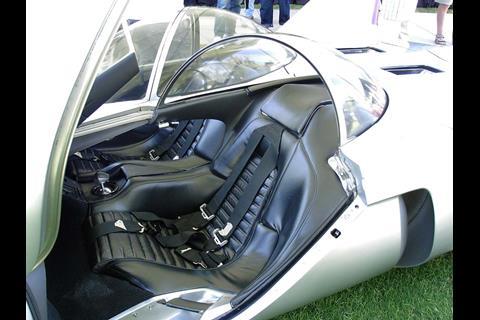
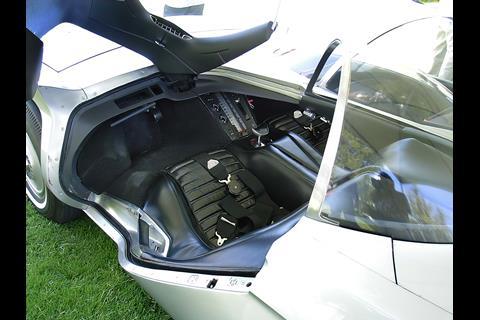
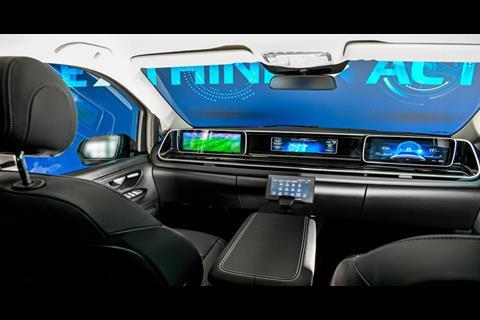
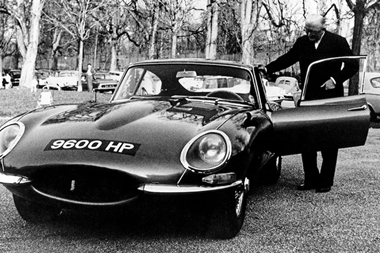
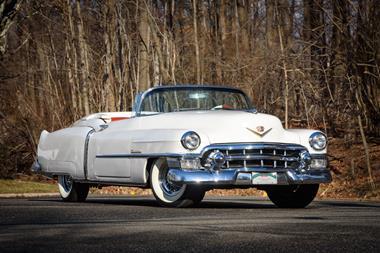
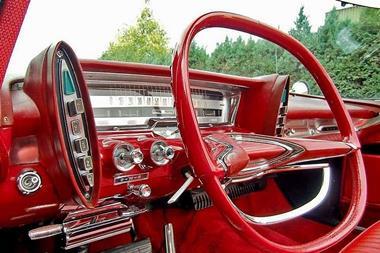

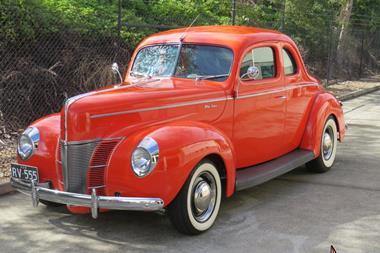
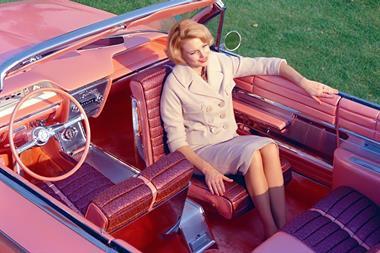



No comments yet